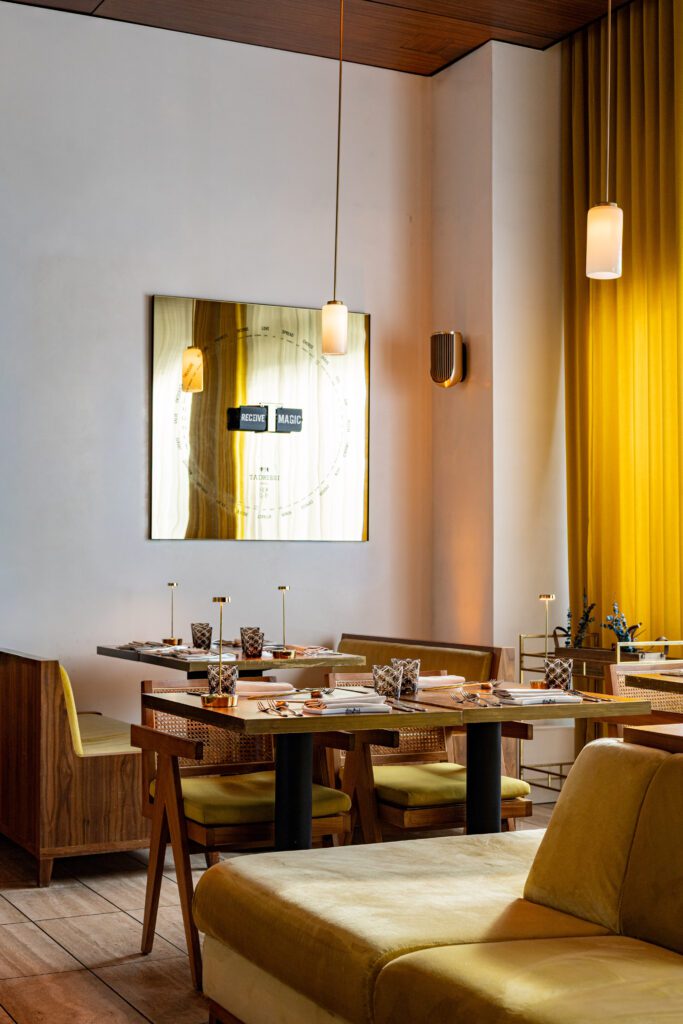In photography, lighting plays a crucial role in determining the quality of your shots. Two of the most commonly used lighting techniques are natural light and flash photography. Knowing the differences between these techniques and their respective advantages can significantly enhance the quality of your photography.
Understanding Natural Light and Flash Photography
Natural light is the light that emanates from natural sources such as the sun, windows, or skylights. It can provide a soft, natural look to your photos and is ideal for outdoor photography. Flash photography, on the other hand, uses artificial light from a flash unit to illuminate the subject. It provides consistent lighting in any situation, freezes motion and is ideal for indoor photography.
Benefits of Working with Natural Light
There are several advantages to working with natural light, including:
- It’s free and readily available, thus saving you money on lighting equipment.
- It creates a soft, natural look in your photos, making it ideal for portraits or landscape photography.
- It’s perfect for outdoor photography, where there are plenty of natural light sources to work with.
- It can be used to create interesting shadows and highlights, adding depth and dimension to your photos.
Benefits of Working with Flash Photography
Flash photography has several advantages, including:
- It provides consistent lighting in any situation, regardless of the ambient light.
- It can freeze motion, which is perfect for sports or action photography.
- It’s ideal for indoor photography, where natural light sources may be limited.
- It can be used to create dramatic and creative effects, such as silhouettes or light painting.
When to Use Natural Light vs Flash
Knowing when to use natural light vs flash is essential for achieving great results in your photography. Here are some tips:
- Use natural light for outdoor portraits or landscape photography, where there are plenty of natural light sources to work with.
- Use flash photography for indoor portraits or to freeze motion when the ambient light may not be sufficient.
- Use both techniques together for creative effects, such as fill flash or balancing the ambient light with the flash.
How to Achieve Better Results with Natural Light
Using natural light effectively can elevate the quality of your photography. Here are some tips:
- Look for interesting light sources, such as windows or sunsets, to create a natural and soft look.
- Use reflectors to bounce light back onto your subject, filling in any harsh shadows.
- Shoot during the golden hour, when the light is soft and warm, for a beautiful and natural look.
- Use diffusers to soften harsh light and create more even lighting.
How to Achieve Better Results with Flash
Using flash photography effectively requires practice and experimentation. Here are some tips:
- Use diffusers or bounce cards to soften the light and create a more natural look.
- Use flash gels to create interesting color effects, adding a creative touch to your shots.
- Adjust your flash settings to match the ambient light, creating a more natural look.
- Use multiple flashes for more creative lighting setups, such as off-camera flash or creating a studio-like setup on location.
Natural light and flash photography are two essential lighting techniques in photography. Understanding the differences between them and their benefits can significantly improve your photography skills. Experimenting with both techniques and finding what works best for your style and subject can take your photography to the next level.



